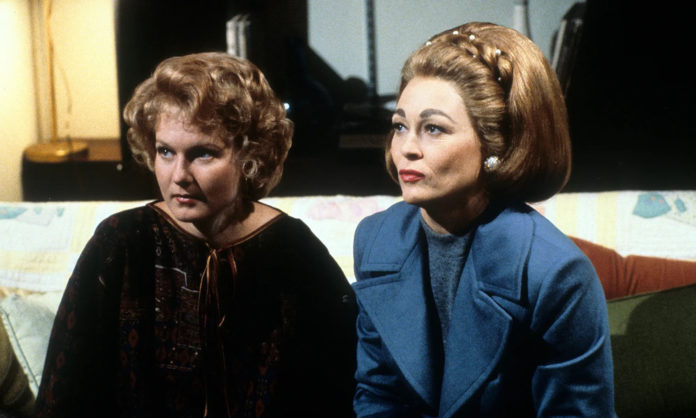In her latest blog post, Kristen Lamb continues her examination of character-defining wounds, this time focusing on the relationships between moms and their children.
Even the best mothers can pass along bad habits and modes of thinking to their kids. “Suffice to say, many mothers aren’t evil or sitting up all night thinking of ways to damage their kids,” Lamb says. “They’re simply working with limited tools.” Of course, there is also the alternative: the downright awful mom.
“Obviously, genre is going to dictate how extreme the mother damage is, as well as how and to what degree the damage manifests,” Lamb says. The controlling mom in a cozy mystery will diverge greatly from one in a horror novel.
When creating your character(s), consider whether their mother was controlling, a perfectionist, competitive, incapable of showing love, emotionally cold, immature, or self-involved. “All of these areas are common places mothers mess up to one degree or another, thus RIPE for creating inner demons and insecurities an MC must work through to solve a story problem,” Lamb writes. If you’re ready to go darker, those traits can be stretched to a horror point.
Casting a mom as an outright villain, rather than a decent but flawed human, has its pitfalls. Society places mothers on pedestals, so suggesting that one doesn’t have her children’s best interests at heart can be difficult. On the other hand, motherhood can give a villain amazing camouflage, Lamb says.
She suggests some real-life motherly villainy, such as Munchausen Syndrome and Munchausen by Proxy, and how bad parenting can create wounded adults who go on to hurt other. “If we study the backgrounds of some of the most infamous killers in history, we see a disturbing pattern emerge when it comes to the role of mothers, especially in the early developmental years,” Lamb says. “Again, depending on genre, case studies of real-life criminals (from killers to con artists) can be very helpful for crafting a villain with resonance.”
Examples include con artist Elizabeth Holmes, serial killer Aileen Wuornos, Charles Manson, Ed Gein, and David Berkowitz. Lawrence Block’s Psycho and Thomas Harris’ Silence of the Lambs drew heavily on real-life murderers to create their iconic villains. “In the end, all of us can thank our mothers for who we are today (for good or bad),” Lamb says. “The mother relationship is so crucial it has been the beating heart of myth, religion, poems and plays.”
If you’re not convinced that your character’s mom is the villain, there are also dads, siblings, kids, society, culture, religion, and co-workers to consider. “Pay attention to LIFE, because that’s what adds the magic to the mundane,” Lamb says. “Just remember, well-adjusted people make for boring fiction.”












